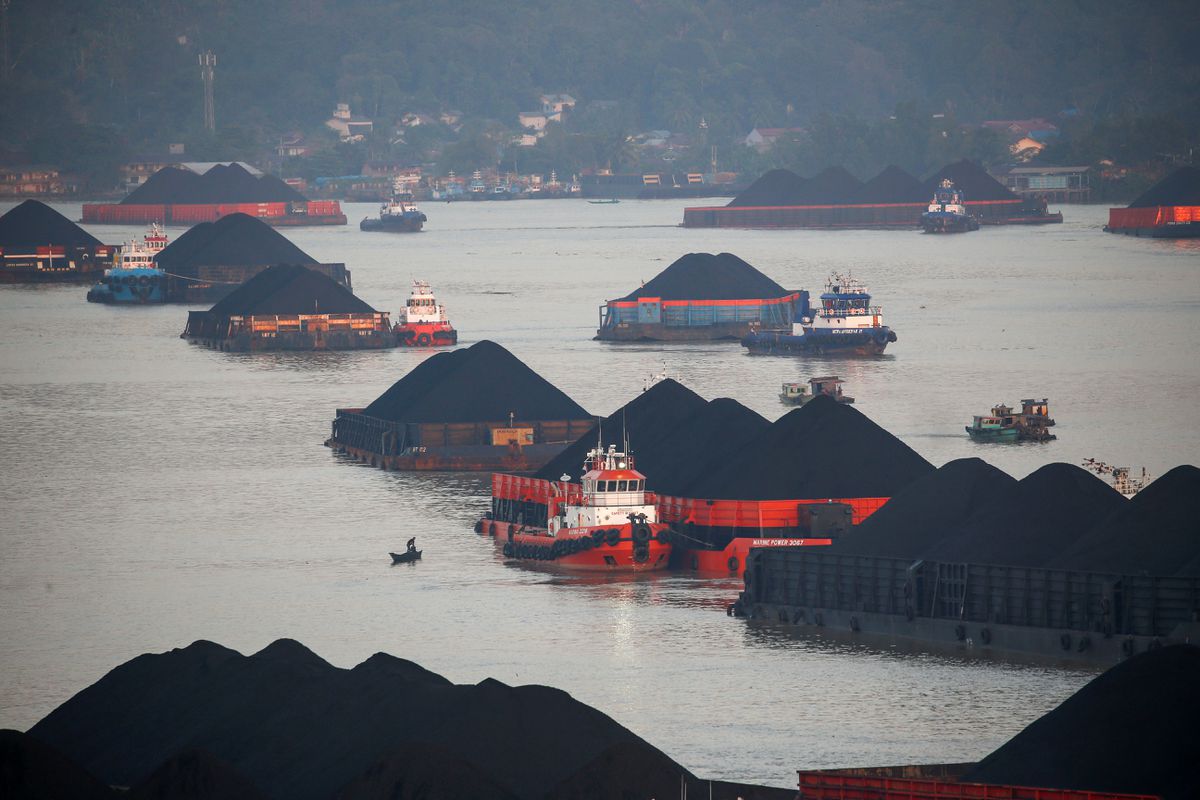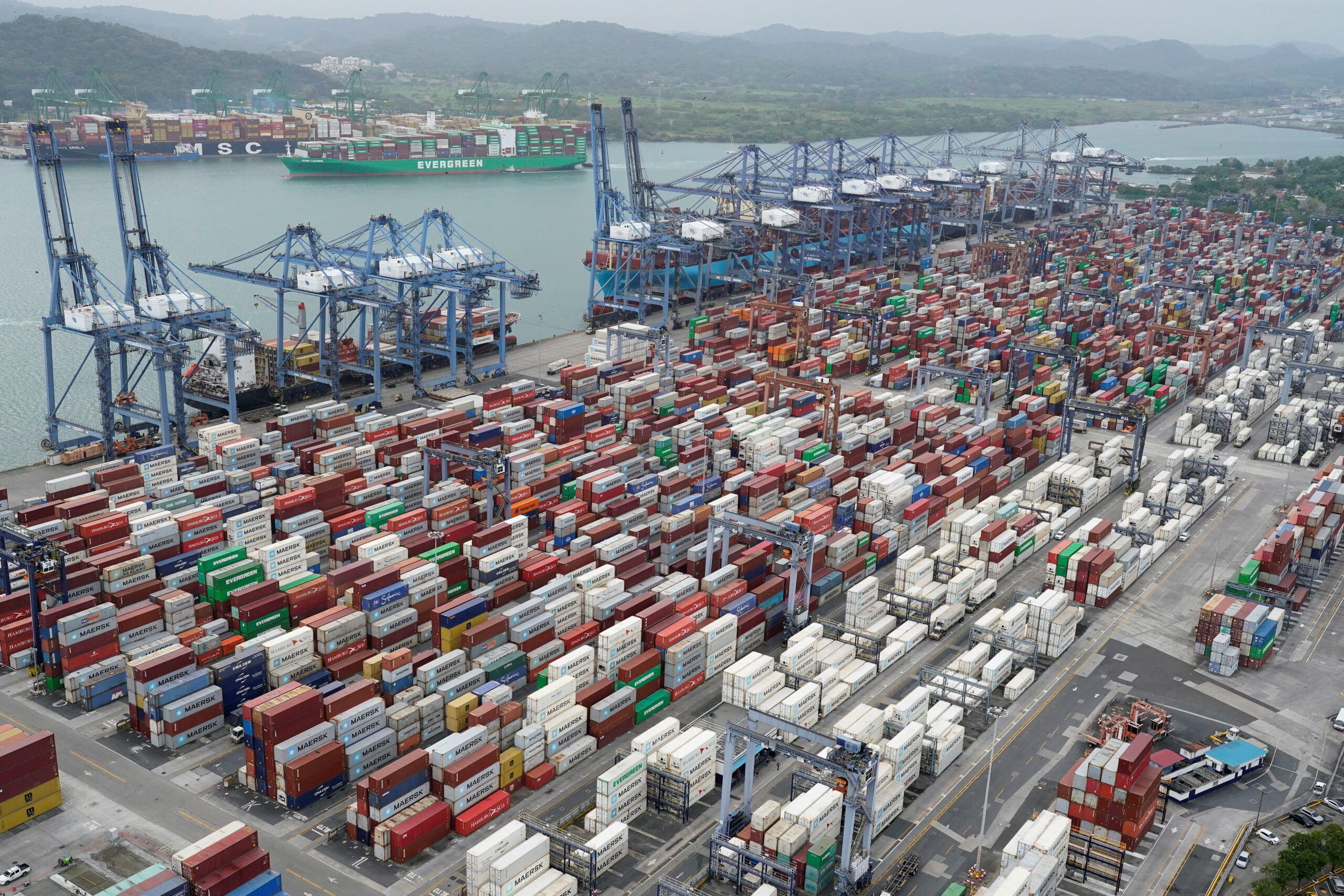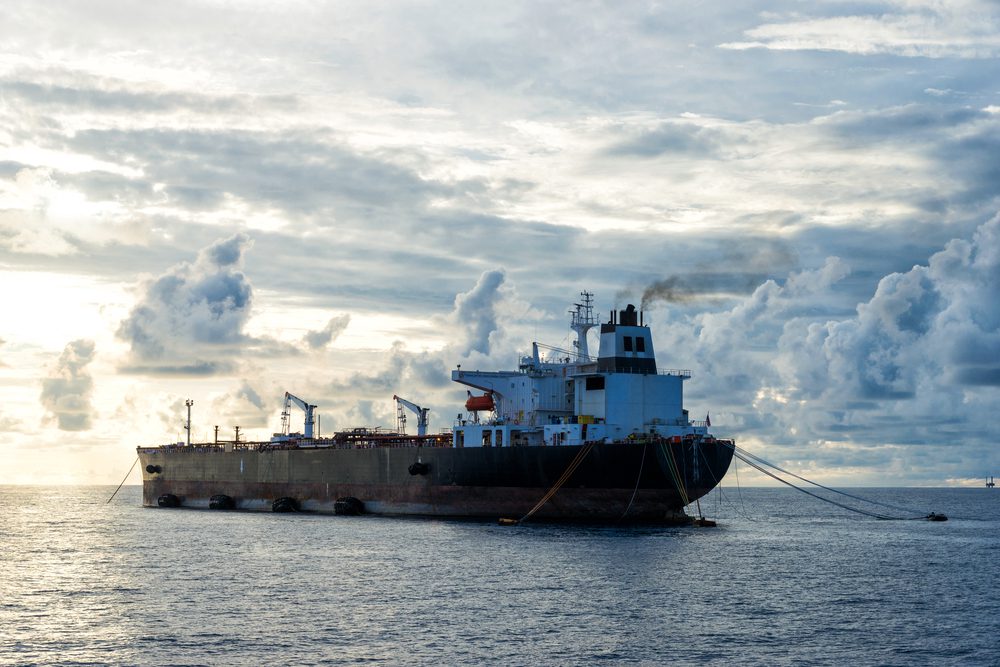By Elena Mazneva (Bloomberg) European natural gas prices rose to the highest level in almost four months on persistent supply concerns amid the worst energy crunch in decades. Meanwhile, despite coal pouring into the Port of Rotterdam, stockpiles are severely depleted.
Benchmark futures jumped as much as 8% for a fifth consecutive advance. European energy markets are in turmoil with Russia’s supplies at multiyear lows, coupled with intense competition for liquefied natural gas with Asia, where prices soared to the highest ever seen during the summer.
Norway Threatens Strikes
Traders are also closely watching exports from Norway, where strikes planned for this week threaten to cut gas and oil production. Output at three fields began shutting on Tuesday as the labor action started, with two more walkouts planned in the coming days.
Related Book: The World for Sale: Money, Power, and the Traders Who Barter the Earth’s Resources
by Javier Blas and Jack Farchy
For now, shipment orders published by Norway’s grid operator show flows little changed for Tuesday. But the strike could escalate on Wednesday and into the weekend if no solution to an ongoing wage dispute is found, according to a local union.
“Another day, another fear and liquidity driven spike in European gas and power pricing,” analysts at Alfa Energy Ltd. said in a note.
Dutch front-month gas futures, the European benchmark, traded 6.4% higher at 173.29 euros per megawatt-hour by 11:07 a.m. in Amsterdam. The UK equivalent jumped as much as 13%. German 2023 power is trading at a record, near the highest-ever level for the benchmark.
LNG Pipelines
Another near-term risk is that the Nord Stream pipeline — Europe’s key channel for gas from Russia — won’t restart after 10 days of maintenance that begin July 11. That’s a development the region’s biggest consumer, Germany, is already considering as an option.
German gas giant Uniper SE is in talks with the government over a potential bailout package of as much as 9 billion euros, ($9.3 billion) according to a person familiar with the situation. German Economy Minister Robert Habeck has warned the gas crunch risks triggering a collapse in the market, similar to the role of Lehman Brothers in the financial crisis.
“News out of Germany only fanned the flames,” Alfa Energy said.
‘Unpredictable’ Russia
Developments in the market are hard to predict, given “Russia’s unpredictable behavior,” the International Energy Agency said in its quarterly market report published Tuesday. “A complete cut of Russian gas flows cannot be excluded.”
A full cut of the supply made permanent is “the least likely scenario,” but chances that the Nord Stream flows will remain reduced are high, analysts at Goldman Sachs Group Inc. said in a note, raising its price forecasts for Europe.
For the moment, shipments through the pipeline remain at about 40% of capacity after Russia curbed supplies last month, citing technical issues.
Flows from Germany to Poland via the Yamal-Europe link dropped to zero early Tuesday, grid data show, amid seasonal maintenance at the Mallnow compressor station between the countries scheduled for Tuesday-Wednesday.
Europe Snaps Up Coal From Abroad
A hunt by Europe’s coal consumers to replace Russian cargoes with shipments from across the globe has boosted imports to a key hub by more than a third, helping to fill severely depleted stockpiles.
Coal poured into the Antwerp-Rotterdam-Amsterdam region — a huge transport hub for energy and commodities — in the first half of this year, with imports surging 35% to 26.9 million tons compared with the same period last year, according to Kpler.
That has helped ARA coal inventories double to almost 6.6 million tons from more than a five-year low in the first quarter. Stockpiles are now close to record levels seen in 2019, according to Kpler. On the downside, the flood of imports is contributing to major congestion at the ports.
Shipments are soaring as the region scrambles to replace purchases after Moscow’s invasion of Ukraine, said Matthew Boyle, lead analyst for dry bulks, gas and LNG at Kpler Insight. Helping to fill the gap is more coal from the US, Colombia and Australia — countries that tend to produce better-quality or so-called high-calorific value material that releases more heat and energy when burned.
The competition for a fuel many want to consign to history is escalating as power generators across Asia and Europe seek to secure additional shipments amid an energy crunch. Germany and Austria are reviving idled coal power plants in response to Russian gas supply curbs, while Japan and South Korea are stockpiling the fuel ahead of hotter summer weather.
Coal Import Prices Soar
The worsening global fuel shortage has sent prices soaring, with European year-ahead benchmark coal futures surging to a record in June.
Australian exporters including Sydney-based Whitehaven Coal Ltd. have had supply requests from European nations, including Poland, and the firm previously offered 70,000 tons of coal in a government aid package sent to Ukraine.
Soaring differentials between European and Australian prices have made it viable for traders to send cargoes from the Asia-Pacific region, even after taking into account the high shipping cost for the longer journey. Some low-quality Indonesian coal has also made its way into Europe, although Kpler said they were likely blended with US material with higher calorific value.
Global Port Congestion
The heavy inflow of coal shipments is exacerbating gridlock at the ports.
“We are seeing very high congestion for the main European ports,” said Abhinav Gupta, a drybulk shipping analyst at Braemar. There were 71 drybulk ships waiting at anchor at the area off Antwerp, Rotterdam and Amsterdam as of June 29, triple the five-year average of 24 ships for this time of the year.
Current waiting time for coal vessels amounts to about 10 days, according to Kpler, who said low river levels on the Rhine also contributed to delays. It expects that will improve to about eight days by mid-July.
Coal Ports And Terminals
Coal terminals are currently at full storage capacity, and transporting large volumes of the fuel inland “has become a challenge over the past few weeks,” the Rotterdam port said. The situation has been complicated by a shortage of barges, it said, as many vessels are tied up with Ukrainian iron ore and grain exports.
Related Book: The World for Sale: Money, Power, and the Traders Who Barter the Earth’s Resources
by Javier Blas and Jack Farchy
by Elena Mazneva, Serene Cheong and Ann Koh, with assistance from Alfred Cang, Jessica Zhou, Cagan Koc and Stephen Stapczynski. © 2022 Bloomberg L.P.

 Join The Club
Join The Club











